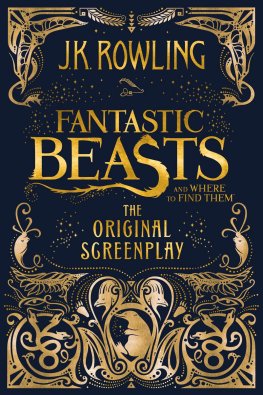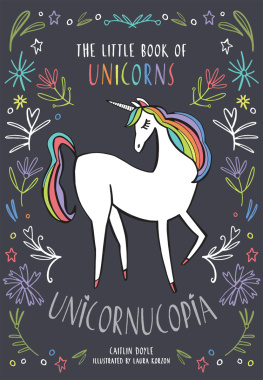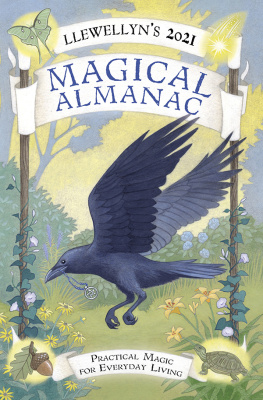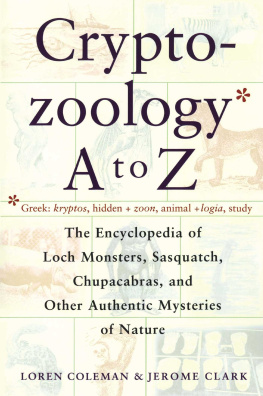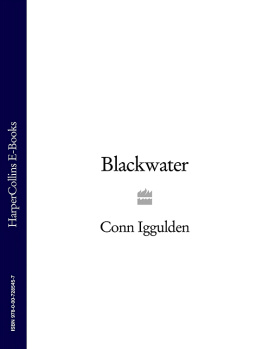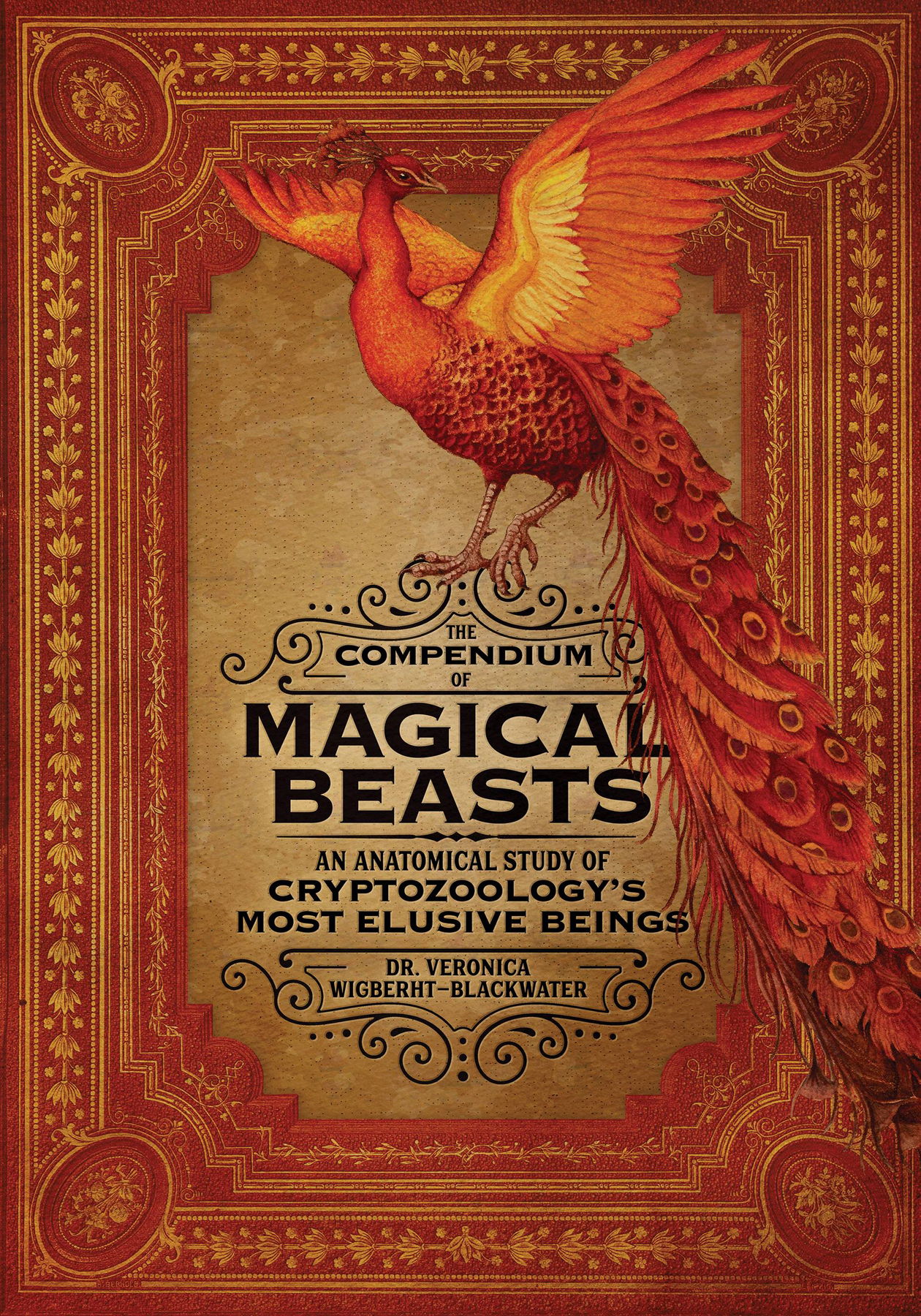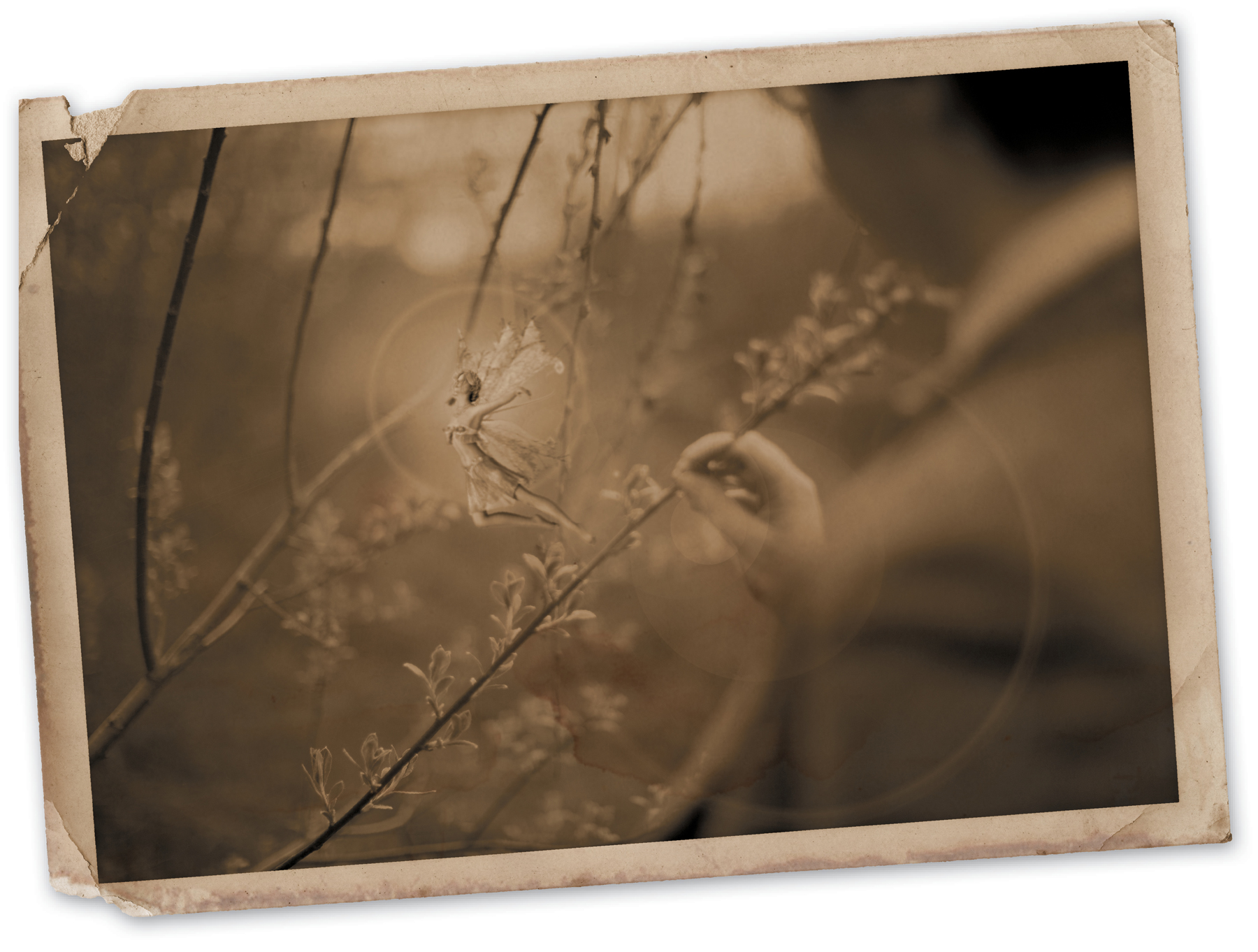Dr. Veronica Wigberht-Blackwater conducted many studies on proposed specimens of magical creatures. The gnome, pictured above, is in fact a clever faketrue gnomes (Homo chthonian) use clawed hands, not tools, to dig their sprawling underground tunnels.
I FIRST DISCOVERED DR. VERONICA WIGBERHT-BLACKWATERS WORK IN MY ATTIC, OF ALL PLACES. AMONG THE SPIDERS AND COBWEBS ID BEEN PUTTING OFF CLEANING FOR MORE YEARS THAN I CARE TO ADMIT, I FOUND AN OLD WOODEN BOX packed full of hundreds of pages of yellowed notes and illustrations on a variety of creatures Id have once described as mythical. Though I still had dust left to battle, I sat down to thumb through the contents of this box, and before I knew it, the sun had set. I wasnt sure precisely what Id found. Either somebody was playing an elaborate joke on me, or Dr. Wigberht-Blackwater really existed and cataloged pages upon pages of information about creatures like mermaids, phoenixes, and ghouls. It was a mystery, and I did what anyone ought to do when faced with a mysteryI headed to the library.
What I found there surprised me. Not only was Dr. Wigberht-Blackwater a real person, according to birth and death records, but newspaper clippings and college records indicated that she had indeed studied folklore and biology and traveled the world. Though it didnt legitimize the research itself, it did mean that she was real and that shed existed sometime in the early twentieth century.
How the notes came to rest in my attic is a paradox Ive yet to entirely solve. From my interviews with her extended family (Dr. Wigberht-Blackwater herself had no children) and her colleagues in the science (and, as many would have me note, the pseudo-science) communities, I pieced together the life of this fascinating womana life dedicated to seeking the truth in the fantastic.
Dr. Wigberht-Blackwaters first encounter with the mythical and magical was in storybooks. The daughter of esteemed anthropologist Darrin Wigberht and acclaimed folklorist Martha Blackwater, Veronica spent much of her childhood searching for conclusive evidence of gnomes, unicorns, and dragons in Washingtons damp and mossy forests. With her fathers propensity for facts and her mothers interest in the connection between history and folklore, particularly the traditional stories of the Pacific Northwest region, Veronica cultivated a love of both the scientific method and the fantastic. Her ways earned her the ire of the scientific community and fellow cryptozoologists alike.
Fairies were particularly difficult to study, especially due to glamour. The pictured pixie (Faeus pixius) has altered its appearance to match the Victorian concept for fairiesits true form would not have wings or clothes.
Dr. Veronica Wigberht-Blackwater spent most of her life examining folklore with a scientific eye, including attempted interviews with reclusive creatures like mermaids (Homo sirenia).
Shrugging off a decade or so of derisive laughter and worried looks from fellow students and colleagues, Veronica turned her lifelong interest in folklore and biology into an academic and professional career. Her notes are based largely on her postgraduation travels through multiple countries, where she gathered firsthand accounts and evidence of the existence of creatures deemed supernatural by the mainstream science community.
Her research is fascinating, imbued with more personality than the average scientific text. You may notice certain idiosyncrasies throughout her work because the notes were compiled and repeatedly edited over many years. Some of her research was later disproved or debunked. I have done my best to note places where later study has clarified or expanded upon her hypotheses, but, not being a scientist myself, some errors may have slipped through the cracks. This book compiles her most comprehensive notes; Dr. Wigberht- Blackwater did not have evidence for every magical creature mentioned in folklore, so she invested her time in those she found most interesting, particularly those with enough compelling facts to support their existence. I, as an editor, am not so much concerned with proving or disproving any of her claimssomething I hope Dr. V would have appreciated!as I am in sharing her work with the world.
Dr. Wigberht-Blackwaters numerous documents contain many illustrations and sketches of her observations. Lily Seika Jones has refined those illustrations into beautiful works of art, which bring the text to life. Most of us will never see a harpy or a unicorn in our lifetime, but these detailed drawings show how wonderful and strange the natural world can be. They also provide an inside look at the features that make these creatures so unique.
I present to you the collected work of Dr. Veronica Wigberht-Blackwater, esteemed folklorist, passionate biologist, and imaginative seeker of truth despite her numerous naysayers. Though I cant personally corroborate any of the information she cites here as factual, many of the cryptozoologists I interviewed said that her notes are still passed around in their circles even today. I hope this volume serves to teach us all about an extraordinary woman and to encourage us to consider that the fantastic may be lurking just behind that tree, or perhaps beneath the pond next door. Even if I never personally glimpse a fairy, Dr. Wigberht-Blackwater has convinced me that I could, and that, I think, is an achievement worth celebrating.


